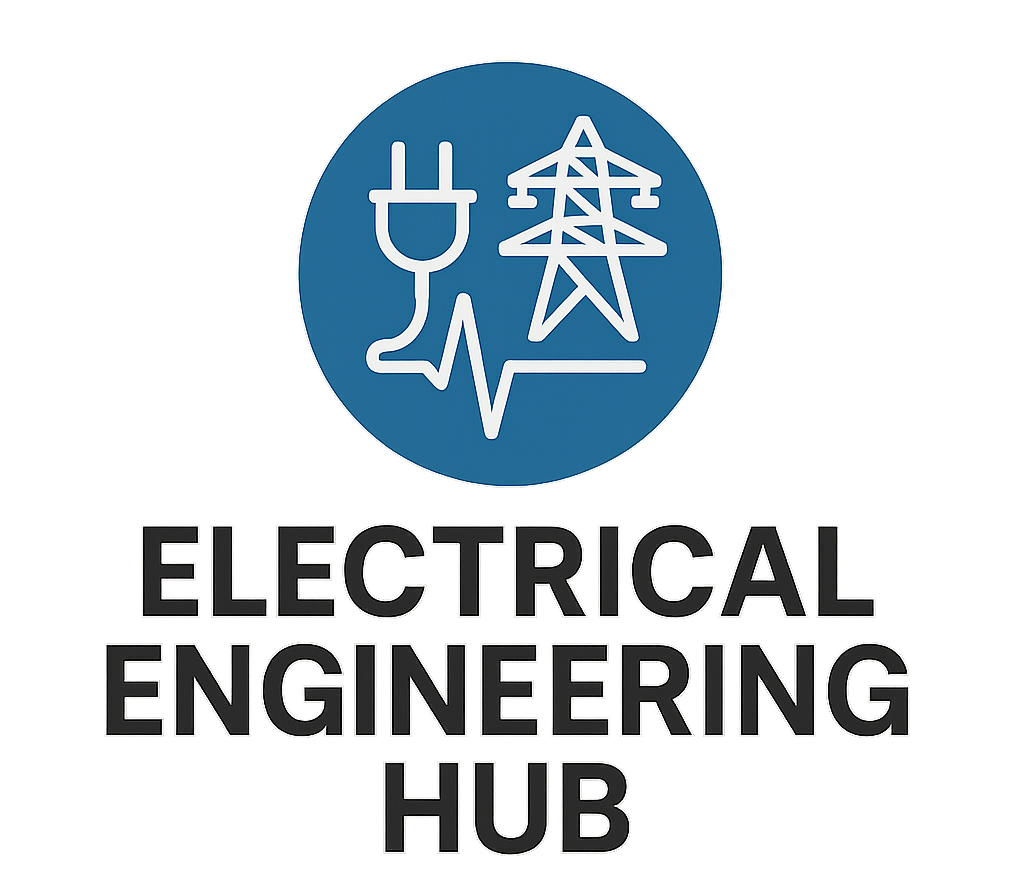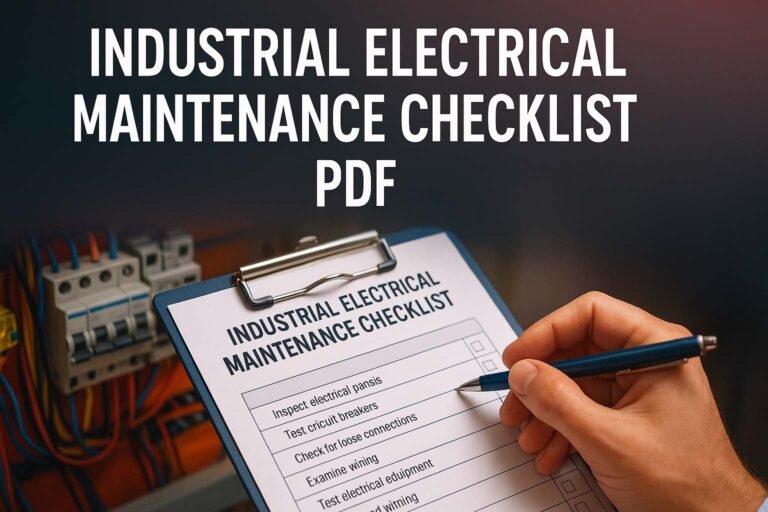Green Building Electrical Design: LEED Compliance Tips
As the world moves toward sustainability, the construction industry is taking a bold leap. Green buildings are now more than just a trend—they’re a necessity. At the heart of these structures lies a critical component: Green Building Electrical Design. Electrical systems in green buildings are not only about wiring and lighting but about efficiency, smart technologies, and reducing environmental impact. This is where LEED (Leadership in Energy and Environmental Design) plays a significant role. LEED provides a framework for healthy, highly efficient, and cost-saving green buildings. But designing an electrical system to meet LEED standards isn’t just plug and play.

Incorporating green electrical strategies from the early design stage ensures compliance and reduces costly modifications later. Electrical engineers, designers, and contractors need a deep understanding of sustainable practices, energy codes, and LEED categories. From lighting layouts to power distribution, every element must be intentional. Smart metering, low-voltage systems, renewable integrations, and load management all come into play.
This article explores practical, actionable tips for LEED-compliant green building electrical design, ensuring your project meets global sustainability standards while remaining cost-effective and technologically advanced.
Key Takeaways:
- LEED certification relies heavily on how electrical systems are designed for energy efficiency.
- Smart metering, LED lighting, daylight sensors, and solar integration can contribute significantly to LEED points.
- A successful green electrical design requires collaboration between architects, mechanical, and electrical teams from day one.
Know more about Top Electrical Engineering Software: AutoCAD, ETAP, MATLAB Reviewed
Understanding the Foundation of Green Building Electrical Design
Green Building Electrical Design focuses on reducing the environmental impact of a building’s electrical systems. It ensures optimal energy use, supports renewable integration, and improves indoor environmental quality. LEED compliance is achieved when the design meets specified energy efficiency standards under categories like Energy and Atmosphere, Indoor Environmental Quality, and Innovation in Design.
Electrical engineers must understand the LEED rating system. Each LEED point comes with specific requirements and documentation. For instance, to gain points under the Energy and Atmosphere category, the electrical system must facilitate energy metering, allow for demand response programs, and maximize energy performance.
Designing with LEED in mind doesn’t just benefit the environment. Building owners enjoy long-term operational savings, better tenant satisfaction, and a higher property value.
Integrating Energy-Efficient Lighting Systems
Lighting is one of the easiest yet most effective ways to improve energy efficiency. A green electrical design will prioritize LED lighting over traditional systems. LED lights consume 75% less energy and last up to 25 times longer. Additionally, using daylight-responsive controls, occupancy sensors, and dimming systems further boosts efficiency.
| Lighting Technology | Energy Saving Potential | LEED Contribution |
|---|---|---|
| LED Lighting | Up to 75% vs incandescent | Yes (EA Credit) |
| Occupancy Sensors | 15–20% reduction | Yes |
| Daylight Controls | 20–30% daylight harvesting | Yes |
| Dimming Controls | Adjustable consumption | Yes |
The goal is not just to reduce lighting power density but to align lighting output with actual needs throughout the day. Light zoning is another critical factor. Design the system so that lighting can be controlled in specific areas rather than building-wide. This gives occupants more control and saves more energy.
Demand-Side Energy Management in Green Electrical Design
Energy demand management plays a vital role in LEED compliance. A well-designed system will ensure the building uses energy efficiently without overloading the grid or wasting electricity. Demand-side strategies include:
- Time-of-day energy use planning
- Load shedding in peak hours
- Integration with battery storage
- Use of demand-response capable devices
Advanced Building Management Systems (BMS) can help regulate these strategies. By using real-time data, the system can control HVAC, lighting, and plug loads effectively. LEED awards credits for demand response readiness and ongoing commissioning.
Know more about Building Management System (BMS) Installation Cost & ROI: Pro Tips
Power Distribution for Energy Efficiency
Designing power distribution in a green building isn’t just about code compliance—it’s about loss minimization and efficiency. Proper transformer selection, low impedance conductors, and optimal voltage drop management are essential.
For instance, oversized transformers often lead to energy loss during light loads. Select transformers with a high-efficiency rating and load them near their optimum efficiency point. Conductor sizing also impacts efficiency. While oversizing may increase material cost, it reduces resistive losses and pays back over time.
Voltage Drop Table for Green Electrical Design (as per NEC/IEC)
| Conductor Size (mm²) | Load (A) | Voltage Drop at 30m | Suggested Use |
|---|---|---|---|
| 2.5 mm² | 16 A | 5.1 V (exceeds limit) | Not suitable |
| 4 mm² | 25 A | 3.2 V | Marginal |
| 6 mm² | 32 A | 2.1 V | Suitable |
| 10 mm² | 50 A | 1.8 V | Ideal |
Keeping voltage drop under 3% for feeders and 5% for branch circuits ensures LEED-ready performance and minimizes energy loss.
Renewable Energy Integration in LEED Projects
Green building electrical design must consider on-site renewable generation. Solar PV is the most commonly used system. LEED awards substantial points for on-site renewable installations that offset building energy consumption.
During design, plan for:
- DC to AC inverter selection with >97% efficiency
- Smart inverters with grid interaction
- Battery storage capacity sizing
- Metering integration with building systems
Know more about How to Start an Electrical Contracting Business: Best Guide
Ensure proper roof space allocation, minimal shading, and electrical room space for inverters and battery banks. Systems must be interconnected with the BMS for monitoring and fault detection.
Electrical Submetering and LEED Compliance
LEED requires transparency in energy use. Electrical submetering provides that visibility. Submeters break down energy use by zone, system, or tenant. These are especially useful in commercial buildings.
Design tips:
- Submeter lighting, plug loads, HVAC, elevators, and renewable systems separately.
- Choose submeters that are BACnet or Modbus compatible for seamless integration.
- Design electrical panels with enough space for CTs and future upgrades.
Submetering not only aids LEED certification but helps facilities continuously track and optimize performance.
Low Voltage and Smart System Design
Low voltage systems such as fire alarms, security, data, and building controls play a supporting role in green building design. By centralizing these systems and using energy-efficient components, the overall electrical load can be reduced.
Use PoE (Power over Ethernet) for lighting and controls where feasible. This reduces material usage and simplifies installation. Smart systems using sensors and analytics help reduce energy waste and improve occupant comfort.
Indoor Environmental Quality Through Electrical Design
Electrical systems have a direct effect on indoor comfort and health. LEED rewards designs that enhance daylight, reduce glare, and ensure thermal comfort. Use tunable lighting systems that adjust color temperature throughout the day. This supports circadian rhythms and improves productivity.
Include operable controls in occupant zones. Let users control light levels and local temperature. Integrate motorized blinds with lighting controls to balance natural and artificial light.
Documentation and Commissioning for LEED Points
No LEED-compliant electrical design is complete without documentation. Each LEED point requires precise calculations, specs, and verifications. Design teams must submit load calculations, equipment schedules, submittals, and commissioning reports.
Know more about Electrical design analysis software
Electrical commissioning ensures that the installed systems meet the intended design. It includes:
- Load tests
- Infrared scans
- Controls verification
- Sensor calibration
LEED points are awarded for enhanced commissioning, making it a critical step in the design-build process.
Cost vs. Benefit Analysis for Green Electrical Design
While green building electrical systems may have a higher upfront cost, the return on investment is considerable. Building owners save on utility bills, get tax incentives, and often see higher occupancy rates. The table below compares initial costs vs savings:
| Electrical Component | Added Cost (Est.) | Annual Energy Savings | Payback Period |
|---|---|---|---|
| LED Lighting | +10% | 50–70% lighting energy | 1–2 years |
| Submetering System | +8% | 10–15% total energy | 2–3 years |
| Solar PV Integration | +20–30% | Up to 100% offset | 5–7 years |
| BMS and Automation | +12% | 15–25% total energy | 3–4 years |
Investing in green electrical design pays off in the long term and contributes to sustainability goals.
Know more about home design software electrical and plumbing
Final Thoughts on Green Building Electrical Design
Green Building Electrical Design is not just a checklist item—it’s a mindset. By aligning with LEED guidelines, engineers and designers contribute to a sustainable future while delivering high-performance buildings. Whether it’s energy-efficient lighting, renewable integration, or advanced control systems, every detail matters. Start early, collaborate often, and aim for continuous optimization.
Follow Us on Social:
Subscribe our Newsletter on Electrical Insights for latest updates from Electrical Engineering Hub
#GreenBuilding, #LEEDCompliance, #SustainableDesign, #EnergyEfficientBuildings, #EcoFriendlyConstruction, #ElectricalDesign, #LEEDCertification, #SmartBuildingDesign, #GreenArchitecture, #SustainableEngineering, #LEEDTips, #NetZeroBuilding, #BuildingSustainably, #GreenConstruction, #EnvironmentalDesign





